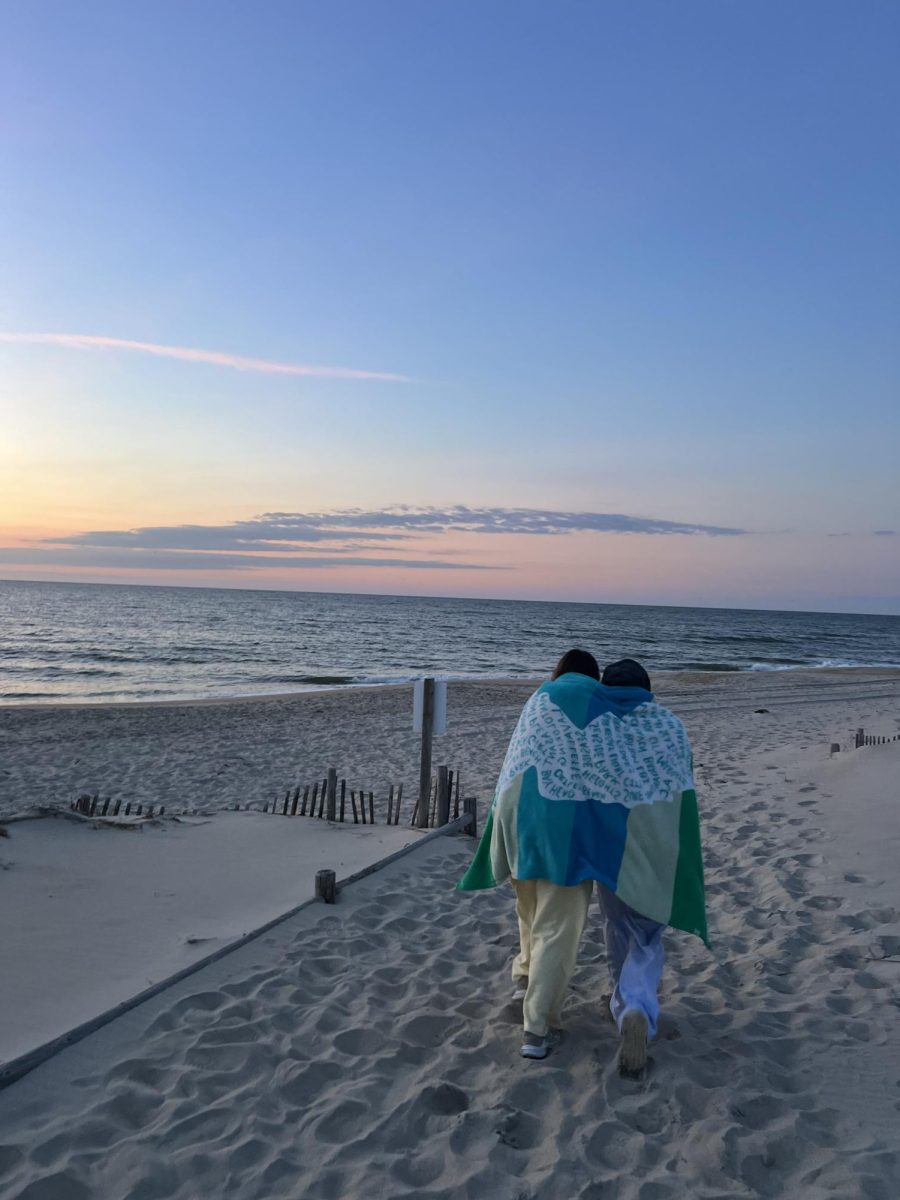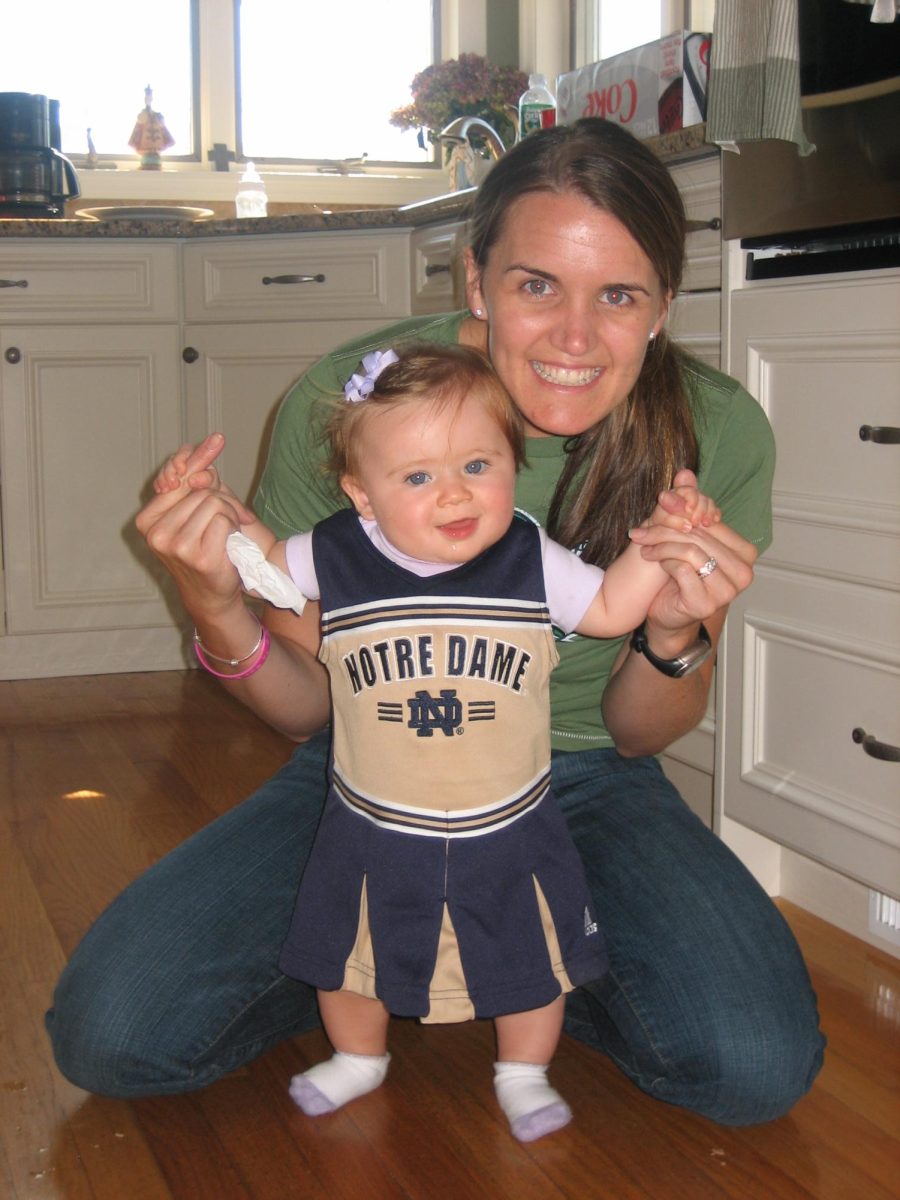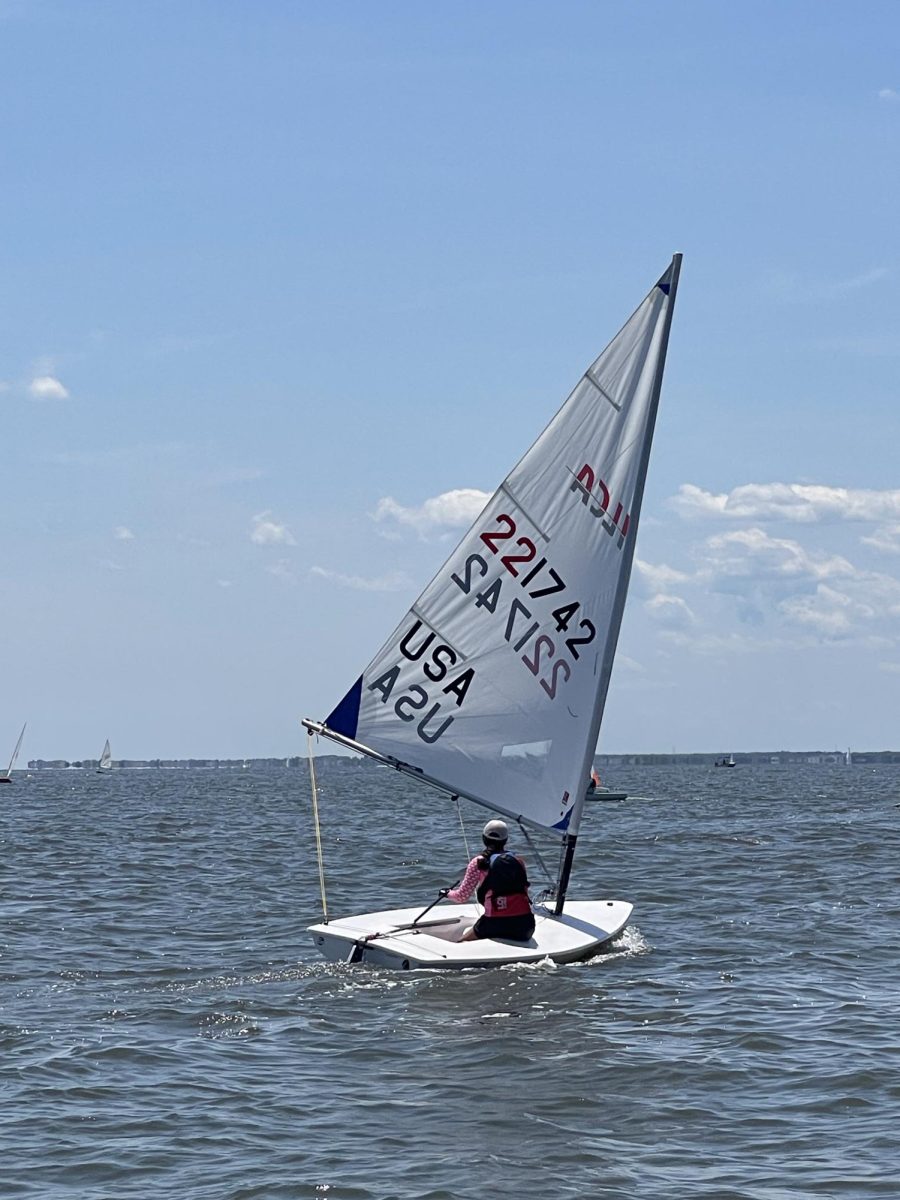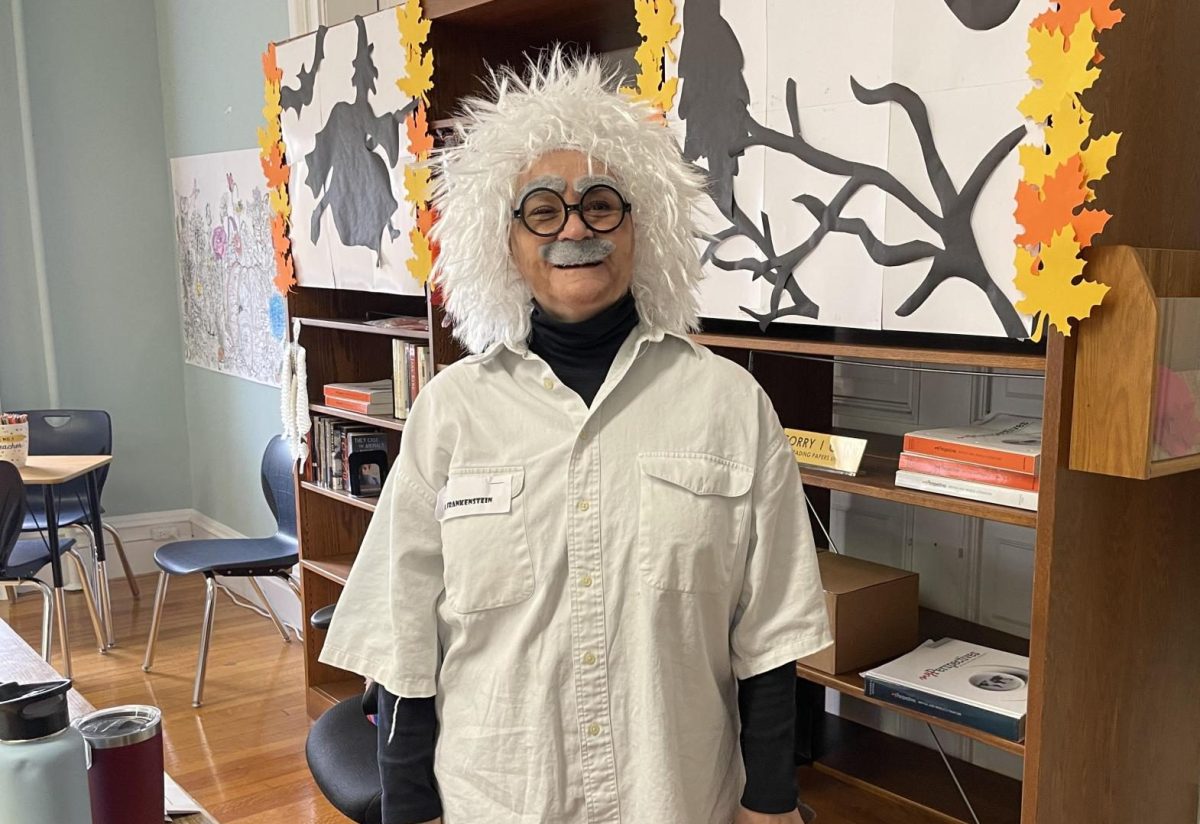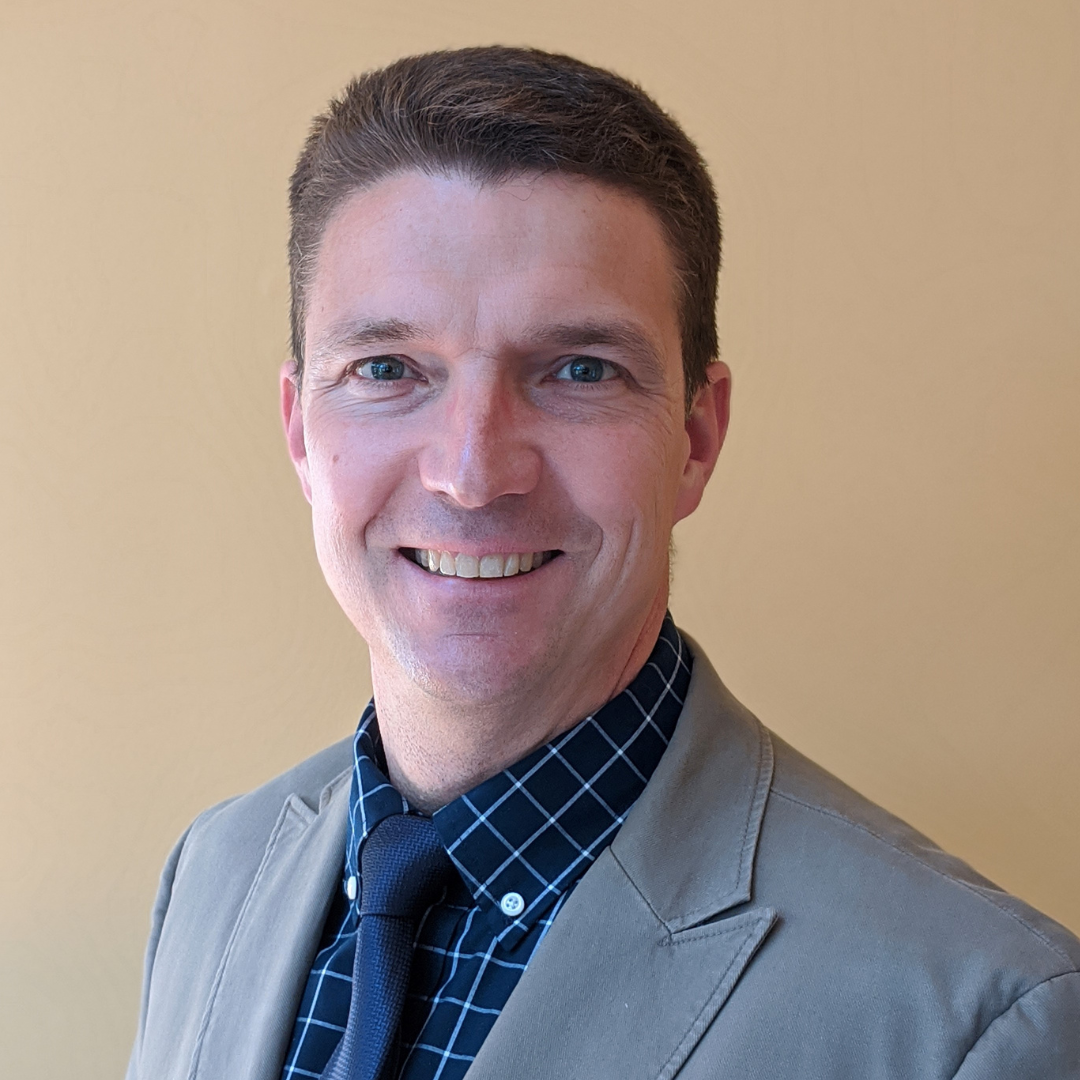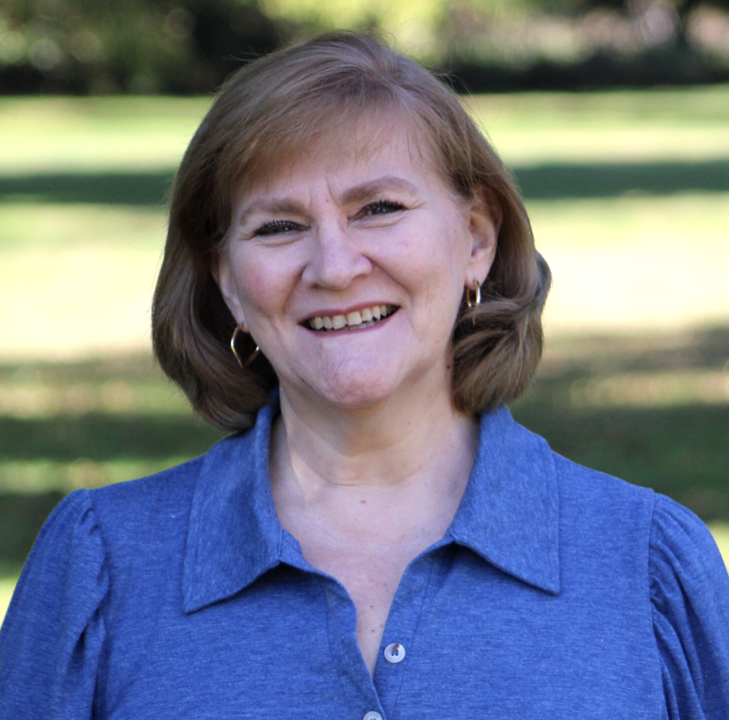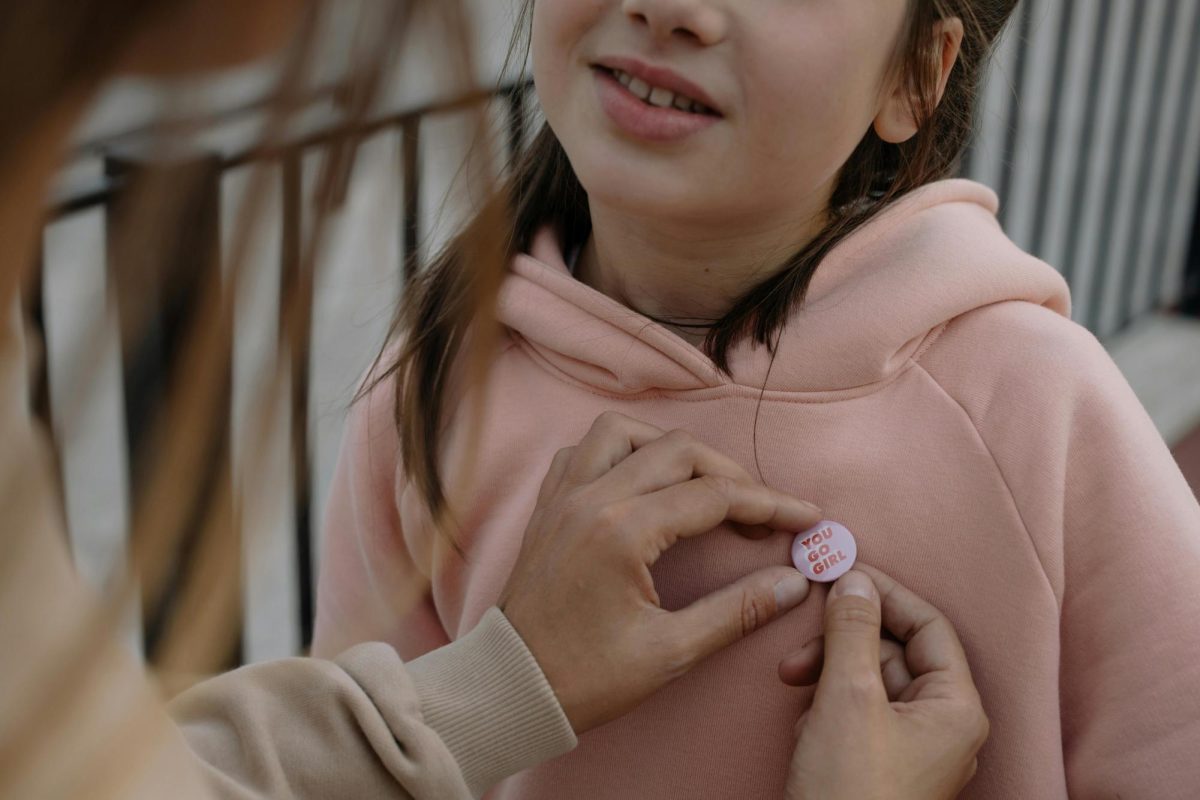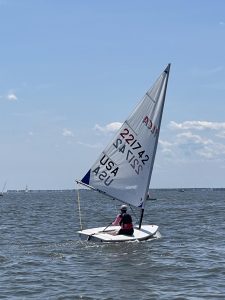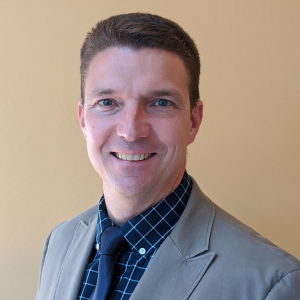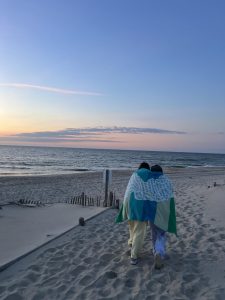What’s The Buzz?
May 20, 2022
A new garden to support the diverse native pollinator population has been established by the Pollinators Committee (PC). Founded in 2021, the PC is a subgroup of the Ecology Club. The garden will be added to the national Pollinator Pathway, an example of the Academy’s commitment to helping the environment and its creatures.
The planting of pollinator-attracting native and non-invasive flower species began on Monday, May 9, in the Sea of Flowers courtyard near the school’s back entrance. Student volunteers facilitated the event. “The pollinators garden brings AOSE students at one with nature,” shared PC member Ava Van Wie.
Bees are not the only pollinators in need of some buzz. According to the National Resources Conservation Service, “There are approximately 200,000 different species of animals around the world that act as pollinators. Of these, about 1,000 are vertebrates, such as birds, bats, and small mammals, and the rest are invertebrates, including flies, beetles, butterflies, moths, and bees.” The garden not only provides food and shelter to pollinators, but is also the culmination of the PC’s year-long campaign to promote the creatures.
“I think [the pollinator garden] will be a great way for AOSE students to make a positive impact on the environment,” commented PC member Melanie Montanez, one of the leaders of the Adopt-a-Flower program. Throughout the 2021-2022 school year, the group raised funds by selling imaginative items: seed bombs, pollinator pods, flower sponsorships, bracelets and ribbons.
“We want people to know that the Academy welcomes bees, butterflies, and all other shades of wildlife. This project will hopefully be the beginning of something wonderful,” enthusiastically stated PC’s acting Secretary Bridget Lomax. The Pollinators Committee hopes to maintain the garden for years to come, ideally expanding to the rest of the Sea of Flowers and providing even more habitat for beneficial critters.
Works Cited
“Native Pollinators.” Natural Resources Conservation Service, May 2005.


